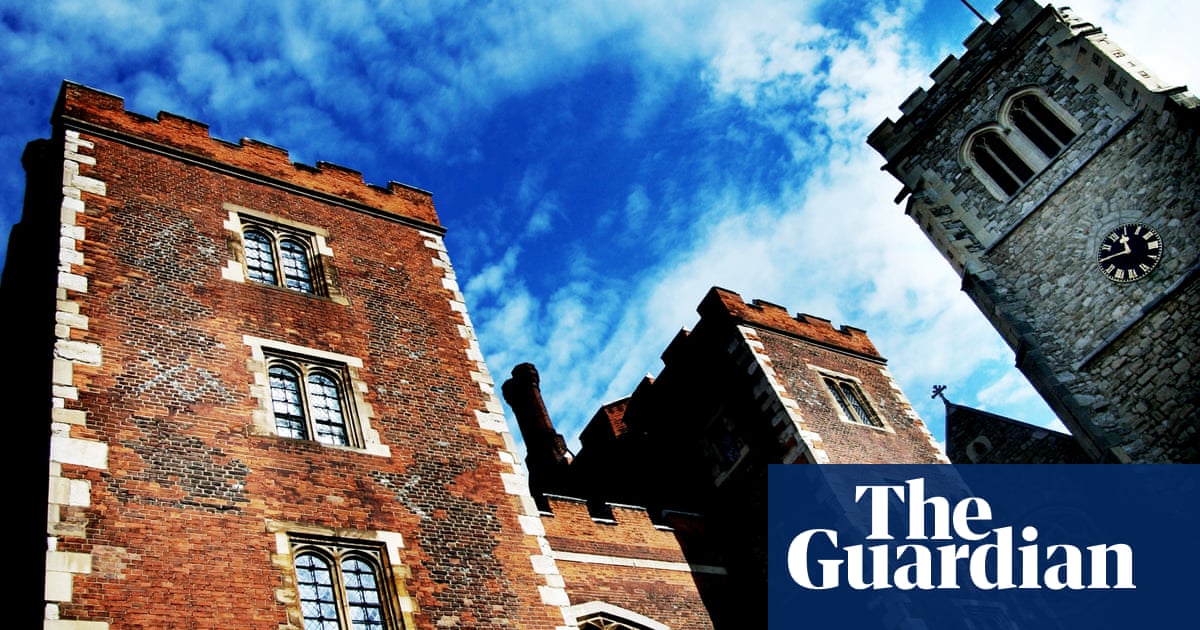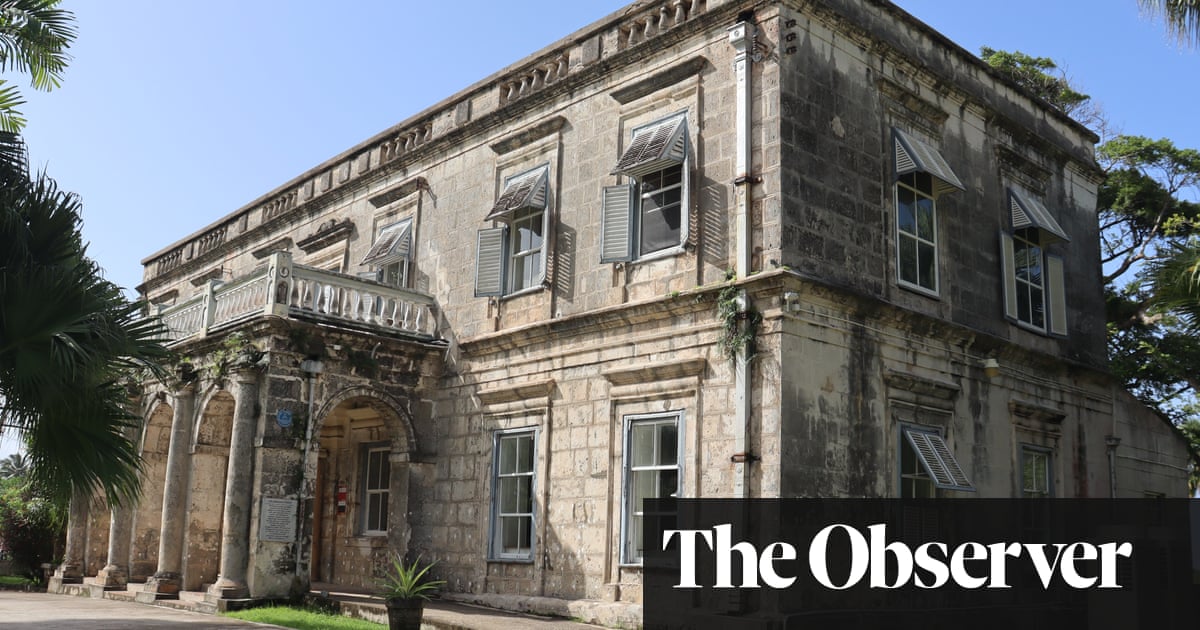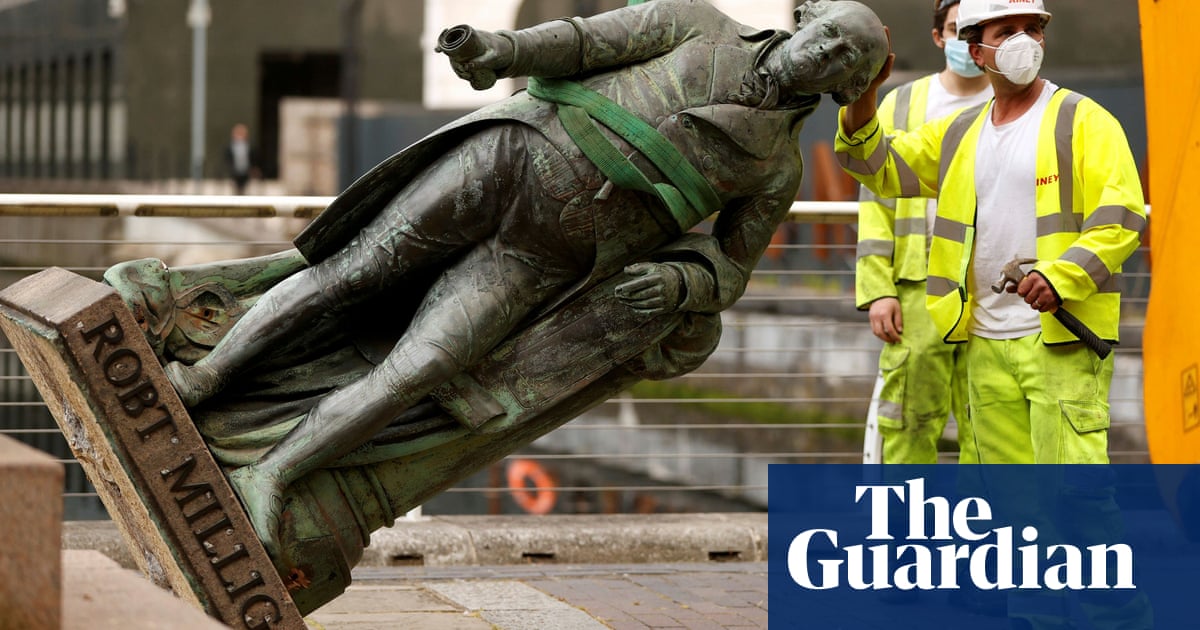
From a “slave bible” with the passages relating to freedom and escape removed to documents revealing the Church of England’s involvement in a fund linked to transatlantic chattel slavery, a new exhibition lays bare the church’s colonial legacy.
The exhibition of original artefacts, some of which are on display for the first time, in Lambeth Palace Library is the latest step in a wide-ranging programme of work launched in 2019 that aims to “address past wrongs” by researching the church’s historical links to the slave trade.
Chief executive of the Church Commissioners for England, Gareth Mostyn, said the extent of the church’s relationship to slavery uncovered through the research was “shaming”, and described the exhibits as “shocking and upsetting”. “We are deeply sorry,” he said.
He added that the exhibition was an opportunity to show “really impactful documents” unearthed through the church’s research, which aims to “make sure that our history is told and that we’re transparent about what we have learned”.
The exhibition sits alongside a £100m fund which the C of E has referred to as compensation rather than reparations. But the sum has been criticised for falling far short of the estimated £1.3bn profit from investments connected to the slave trade. “No amount of money would ever be enough to repair the damage,” said Mostyn.
The exhibits on show at Lambeth Palace, which is the church’s national library and archive, includes one of an estimated only three or four “slave bibles”, published in 1807-8 by an Anglican society. These books contained only around 20% of the bible’s original text.
There are also two letters written by enslaved people, and sent to archbishops, featuring pleas for freedom.
There is also a section dedicated to the church’s direct involvement in the slave trade, which was revealed in a report published three weeks ago.
The exhibition displays early 18th-century ledgers from the Queen Anne’s Bounty, a fund set up to tackle poverty among clergymen in 1704 which included prominent slave trader Edward Colston among its benefactors.
The fund made significant investments in the South Sea Company, which the church knew was involved in purchasing and transporting enslaved people as its main commercial activity between 1714 and 1739.
The exhibition also features early abolitionist views, which Giles Mandelbrote, librarian and archivist at Lambeth Palace Library, said was intended to showcase the “spectrum of opinion about the slave trade”, rather than seeking to convey the dominant narrative of the time.
Prof Robert Beckford, a theologian and director of the University of Winchester’s institute for climate and social justice, said this was characteristic of the C of E’s engagement with its relationship to slavery in the Caribbean.
“The focus on abolition is an obfuscation of the horror of the slave trade and a willingness to collude with the sub-humanisation of black people,” he said.
“What it means ultimately is there is no recognition of how the church’s theological ideas made slavery possible.”
He added that this was reflected in a key omission from the exhibition: the Codrington Estate in Barbados, which was bequeathed to the Anglican church in 1710 and run by the church’s missionary arm, the Society for the Propagation of the Gospel in Foreign Parts (SPG), with several archbishops sitting on its board.
Codrington was a plantation farmed by hundreds of enslaved Africans and has been described by the chair of the Caricom reparations committee, Hilary Beckles, as “one of the most brutal in Barbados”, with slaves branded with hot irons bearing the SPG’s logo.
“While the exhibition is a welcome first step, the failure to explore its entanglement with Codrington is at best disingenuous, at worst evidence of whitewashing the church’s involvement in running a slave plantation in Barbados,” he said.
The Church Commissioners for England said the estate fell outside the scope of the exhibition since it was owned by the SPG, which does its own research into its history.
Codrington Estate will feature in a play about an Anglican slave authored by Desirée Baptiste, readings of which will be staged at Lambeth Palace Library on 22 February and 15 March.
She said she was grateful for the opportunity to teach audiences about an important part of Caribbean history.
“The exhibition reflects interesting voices, but to do justice to Archbishop Justin Welby’s desire for ‘transparency’ the full truth about British slavery must be aired, especially the Codrington story.
“For me, it would be like putting on a play about the holocaust and leaving out Auschwitz.”












